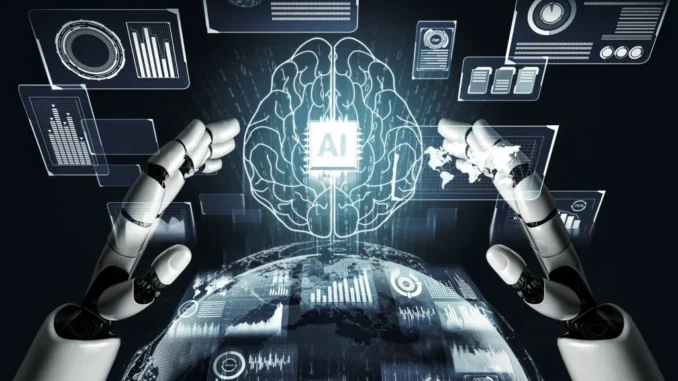
AI chatbots and virtual assistants are powerful tools that utilize artificial intelligence to interact with users, providing assistance, answering queries, and performing various tasks. Here’s an overview of their features, functions, and applications:
– Chatbots are software programs designed to simulate conversation with human users, often via text or voice. They can be rule-based (following a set of predefined responses) or AI-driven (using natural language processing to understand and respond dynamically).









2. **Components**:
– **Natural Language Processing (NLP)**: Enables the chatbot to understand and interpret user input in natural language.
– **Machine Learning**: Helps the chatbot learn from interactions to improve responses over time.
– **Integration with Other Systems**: Many chatbots are linked to databases, APIs, and services to provide real-time information.
3. **Applications**:
– Customer service (answering FAQs, handling inquiries)
– E-commerce (assisting with product recommendations and purchases)
– Social media interactions (engaging with users)
– Mental health support (offering chat-based counseling)
4. **Benefits**:
– 24/7 availability
– Instant response to inquiries
– Scalability to handle numerous conversations simultaneously
– Cost efficiency for businesses
### Virtual Assistants
1. **Definition**:
– Virtual assistants are AI systems that can perform tasks or services for an individual based on verbal or written commands. They often work across various devices and platforms.
2. **Examples**:
– Popular virtual assistants include Amazon Alexa, Google Assistant, Apple Siri, and Microsoft Cortana.
3. **Features**:
– Voice recognition and speech synthesis
– Integration with smart home devices (lights, thermostats, etc.)
– Calendar management, reminders, and scheduling
– Information retrieval (weather updates, news, trivia)
4. **Applications**:
– Personal organization (to-do lists, reminders)
– Information querying (searching the web)
– Media control (playing music or videos)
– Smart home management (controlling IoT devices)
5. **Benefits**:
– Hands-free operation
– Time-saving for task management
– Enhanced user convenience through automation
### Challenges and Considerations
– **Privacy and Security**: Concerns regarding data collection and user privacy.
– **Limitations in Understanding**: While AI has made significant advancements, misunderstandings or misinterpretations can occur.
– **Dependence on Technology**: Over-reliance on chatbots and virtual assistants may lead to decreased human interaction and problem-solving skills.
### Future Trends
– **Improved Natural Language Understanding**: Continuous advancements in NLP will make interactions more human-like.
– **Increased Personalization**: Systems will leverage user data to provide more customized experiences.
– **Integration across Ecosystems**: Seamless connections between various devices and platforms will enhance usability.
AI chatbots and virtual assistants are transforming how individuals and businesses interact, providing essential services and improving efficiency in numerous applications. As technology evolves, we can expect even more innovative features and capabilities in this field.


Leave a Reply